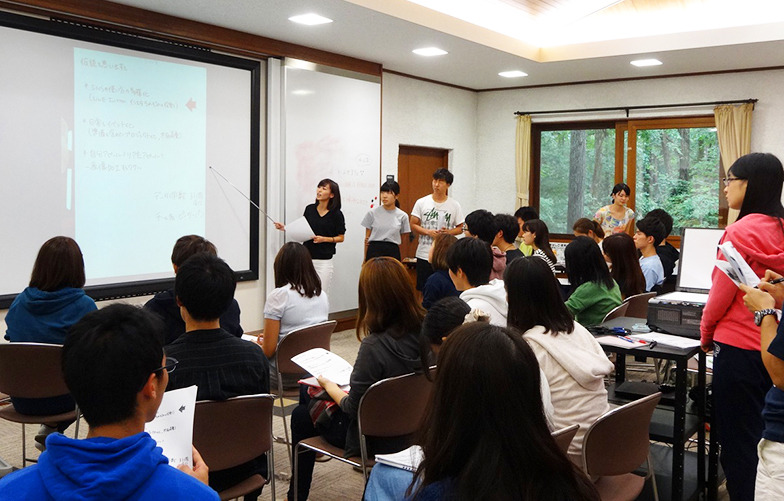The Tokyo Advertising Association announced the results of its "Survey on College Students' Daily Activities Using SNS" on December 4th.
Under the association's guidance, the "College Student Awareness Survey Project" (FUTURE2015), planned, conducted, and analyzed by marketing students from six universities in the Tokyo metropolitan area—Aoyama Gakuin, Komazawa, Sophia, Senshu, Chiba University of Commerce, and Nihon—carried out the research. This marks the 21st year of the project.
The survey was conducted from July 14 to 31 targeting university students in the Tokyo metropolitan area. Approximately 800 people responded.
Focusing on the recent enhancement of smartphone photo capabilities, such as the addition of "selfie" album features and significant improvements in built-in camera resolution, the survey posited that the act of uploading photos with friends to SNS hides underlying attitudes about human relationships. It attempted to analyze university students' behavioral models using the three keywords: "photos," "SNS," and "human relationships."

Students held repeated discussions in preparation for their presentation
The report analyzed that SNS has shifted for university students from "Social Networking Service" to "Small Networking Service," becoming a medium for narrower, deeper connections. It identified the practice of editing and posting photos taken with mobile phones to deepen friendships or showcase the richness of one's life as a "photo-centric" orientation, rather than the "real-life-centric" "real-life-fulfilling" (リア充) trend. Furthermore, they named this behavioral model "IGSAS" (pronounced "ig-sas"), replacing the traditional AIDMA framework. I stands for "Iine!" (meaning "Like!" and signifying empathy), combined with Grouping (becoming friends), Shoot & Share (taking and sharing photos), Augment (enhancing and editing), and Spread (disseminating).
Survey report available here: http://www.tokyo-ad.or.jp/activity/seminar/pdf/FUTURE2015.pdf

After the presentation


